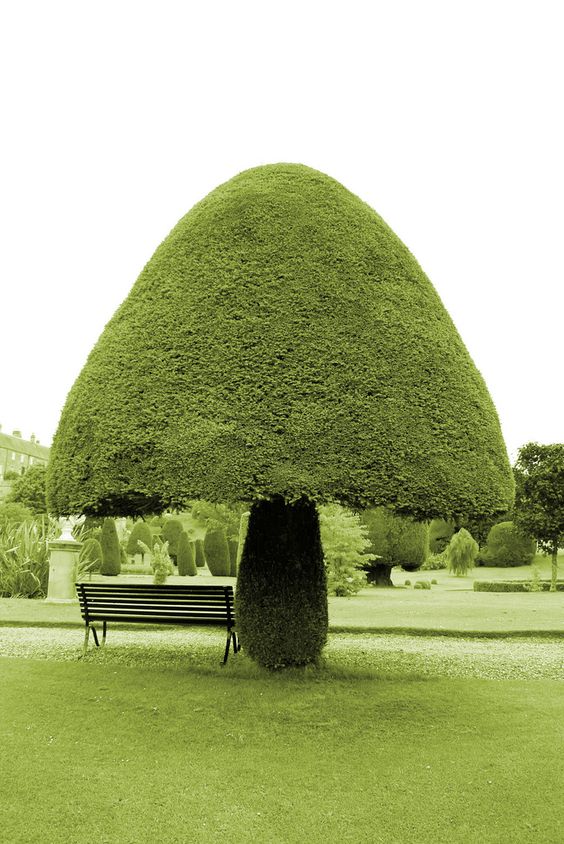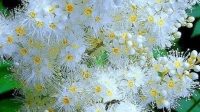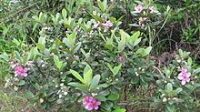The art of tree pruning and shaping has become a popular form of horticulture. Skilled horticulturists and arborists are able to turn simple trees into living works of art with intricate designs that combine the beauty of nature with human creativity. Take a trip with us into this fascinating world, where trees are transformed into captivating sculptures using expert hands and a sharp eye for detail. Witness how branches become brushstrokes and trees become masterpieces.

Centuries ago, people from various cultures around the globe started the art of shaping and trimming trees. This ancient craft has evolved over time and blends gardening expertise with artistic skills. From the elaborate cloud pruning in Japan’s Niwaki to the formal topiaries in European gardens, this practice is a true blend of nature and creativity.
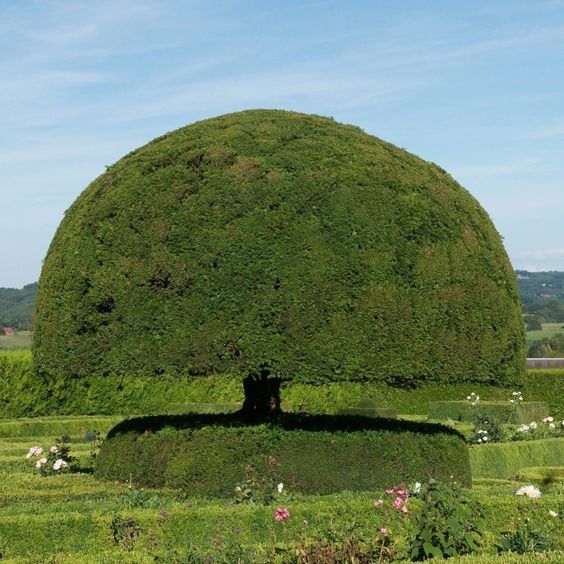
Living artworks: Trimmed trees demonstrate the balance between human influence and natural development. Expert pruners carefully shape branches, producing breathtaking shapes that vary from structured arrangements to fluid, organic patterns. As a result, a living artwork is produced that transforms with the passage of time and adjusts to its surroundings in a dynamic and remarkable way.
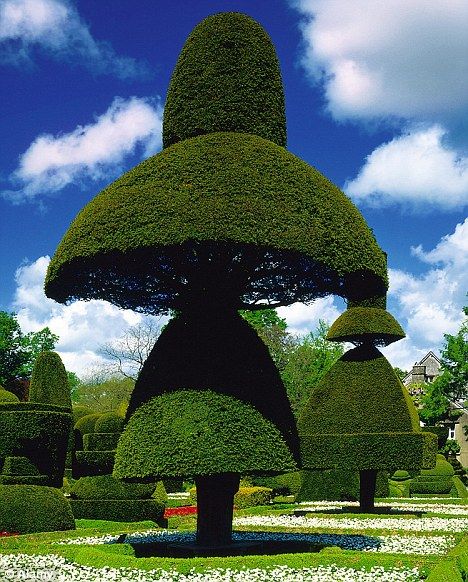
Achieving Balance:
Trimming trees is more than just about creating a visually pleasing look for the tree. It’s also about ensuring that the tree remains in good health and can live for many years to come. By selectively cutting back branches, it encourages better air circulation and sunlight exposure, which helps prevent any potential diseases from developing and guarantees that the tree will remain healthy. The trick lies in finding the perfect balance between the tree’s wellbeing and aesthetics.
Importance in Different Cultures:
Pruning trees holds an important cultural significance in various societies. In Japanese gardens, for example, trimming pines in a specific way represents longevity, while taking care of junipers symbolizes resilience. In historic European gardens, topiaries showcase a sense of symmetry and order, displaying man’s pursuit of mastering nature.

Just like people, trees have unique personalities that are reflected through their forms. Some trees have branches that spiral and twist, giving off a playful and whimsical vibe, while others have a dignified and stoic presence that exudes calmness and stability. Pruning trees provides opportunities for horticultural artists to enhance these inherent qualities.
Pruned trees tell stories of the passage of time. A tree that has been carefully pruned for years carries within it the history of seasons, growth spurts, and meticulous trimming. By observing these trees, we can witness the passage of time captured in a living form.
Pruning is a dialogue between the pruner and the tree. It requires an understanding of the tree’s growth patterns, its response to pruning cuts, and its future potential. As pruners shape and coax the tree into new forms, the tree responds with fresh growth, showcasing the mutual relationship between human hands and nature’s resilience.
The world of pruned trees is a beautiful intersection of art, science, and nature. It allows us to appreciate the creativity and dedication of those who mold living trees into artistic expressions. These living sculptures redefine our understanding of trees, highlighting their adaptability and the potential for human hands to contribute to their beauty.

